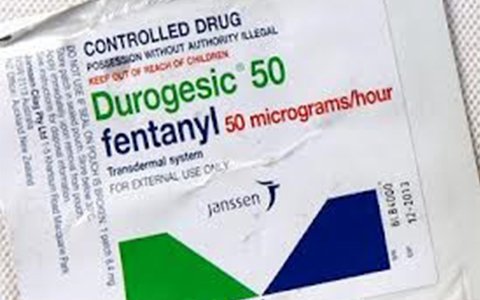A population-based study of transdermal fentanyl initiation in Australian clinical practice
Purpose
Although guidelines caution against initiation of transdermal (TD) fentanyl among those who are opioid naïve, there is concern that not all people receive adequate prior opioid exposure. This study examined the percentage of people who are opioid naïve at the time of TD fentanyl initiation in Australia; strengths initiated; and characteristics associated with being opioid naïve.
Methods:
This is a national retrospective cohort study derived from a 10% sample of Pharmaceutical Benefits Scheme concessional beneficiaries initiating TD fentanyl between 29 September 2009-31 December 2013. Individuals were deemed opioid naïve if they had no opioid dispensings in the previous 90 days. Logistic regression was used to determine characteristics associated with being opioid naïve, including socio-demographics, likely comorbidities and previous analgesic use.
Results:
A total of 13,166 people initiated TD fentanyl; 60.4% were female and 76.2% were aged ≥ 65 years. Three in ten (30.4%) were opioid naïve and 63.2% initiated the 12 mcg/h patch. Those who were opioid naïve were more likely to be female (adjusted odds ratio (aOR) 1.35; 95% CI 1.25-1.46), older (aOR 1.85; 95% CI 1.54-2.28 for those ≥ 85 years) and previously dispensed medicines for dementia (aOR 1.37; 95% CI 1.04-1.80). People previously dispensed medicines for cancer were less likely to be opioid naïve (aOR 0.57; 95% CI 0.48-0.67).
Conclusions:
Three in ten Australians initiating TD fentanyl are opioid naïve. Our findings suggest that specific patient sub-populations already at increased risk of opioid-related adverse events are not receiving prior opioid treatment before initiation, highlighting the need for greater adherence to current treatment guidelines.












